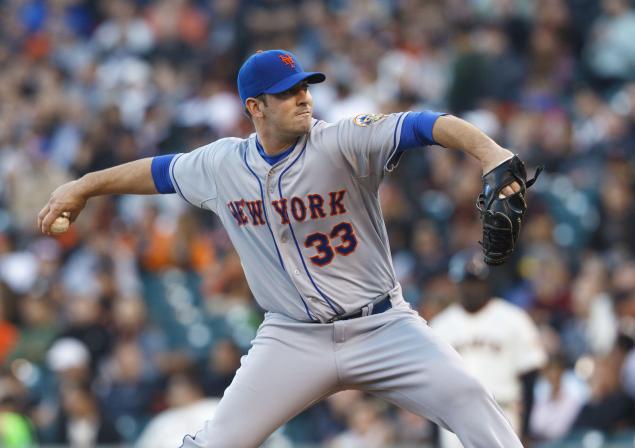Last week, the notable statistician and baseball historian Bill James, answered a few questions in a Mailbag Post for Baseball Think Factory. One question in particular had to do with own Matt Harvey, and I must say he isn’t as excited about Harvey as some of us Mets fans are.
Matt Harvey debuted this year and struck out 10.6 batters per nine innings and put up a 2.72 ERA in 60 innings. How likely is a pitcher with a debut like that at the age of 23 to become a great pitcher?
It’s fairly long odds. I identified all pitchers since 1900 who were 22-24 years old, made 5 to 15 starts and less than 25 appearances, had no previous major league history or very limited major league history, and who were at least +10 vs. the league in strikeouts (10 more strikeouts than a league-average pitcher) and positive overall performance.
There are only 29 such pitchers in major league history before Harvey (I had expected it to be more) but none of the 29 became a great pitcher.
The ten best pitchers in the group were Danny Darwin, Bill Doak, Barry Zito, Schoolboy Rowe, Whitlow Wyatt, Stu Miller, Bob Turley, Denny Lemaster, Eric Hanson, Arthur Rhodes and Dave Righetti (OK, that’s 11).
Most young pitchers get hurt. Most young pitchers who look like they might be great, aren’t great. Ten starts isn’t enough to get real excited about.
Not so sure I share his skepticism. I’m also not sure if he got to see Matt Harvey pitch in any of those ten games. What impressed me just as much as what he accomplished statistically, was Harvey’s presence and demeanor. The way he would bear down when he needed that big out after allowing runners on base. There was something right off the bat that was different about Harvey as compared to fellow first-rounder Mike Pelfrey when he first came up; Harvey knew how to get himself out of jams and didn’t implode. He has great composure and appears to have the savvy of a veteran instead of the jitters of a rookie.
Also, Baseball America are doing the Draft Reports Cards for all 30 teams. Regarding the Mets they made these notes:
The Mets added three solid up-the-middle players at the top of their draft. On the downside, however, Stankewicz was the highest-selected prep pick in the entire draft not to sign.
Best Pure Hitter: SS Matt Reynolds (2) has a short stroke and advanced plate discipline. His swing and approach should allow him to be a line-drive machine and post solid on-base percentages.
Best Fastball: RHP Matt Koch (3) shows the best pure velocity, running his fastball up to 96 mph.
Best Athlete: Cecchini’s sum is greater than his parts, as his tools play up because of his instincts and work ethic. He’s a solid athlete who can impact the game from the batter’s box, in the field or on the basepaths.
The One Who Got Away: The Mets never offered RHP Teddy Stankiewicz (2) the full value for his draft slot. Originally committed to Arkansas, he opted to attend Seminole State (Okla.) JC so he’d be draft-eligible in 2013.
Read the full article at BA.
I just learned something. If you may remember when I spoke about the Stankiewicz negotiations with Teddy’s dad and cousin, I reported that he would be going to Seminole and not Arkansas which was being reported. What I didn’t know and what I failed to ask them was why he made the switch. Now we know. Stankiewicz could be one of the first five picks in the 2013 Draft next year. You already knew my feelings on the Mets 2012 Draft, needless to say it keeps looking worse from my vantage point.
















